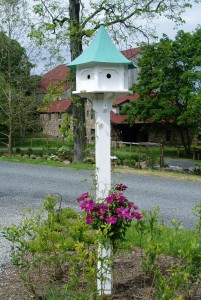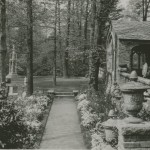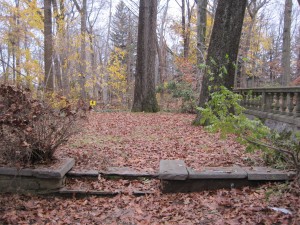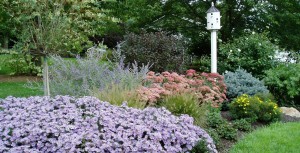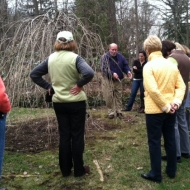In my garden, these are the best summer-blooming shrubs. They give the best bang for the buck in regard to great color, longest bloom time and least maintenance:
All Hydrangeas – bloom all summer! If your winters are hard, substitute ‘Endless Summer’ or ‘Penny Mac’ for the old standard ‘Nikko Blue’. They bloom on new growth so are not affected by harsh winter freezes. Most only need light pruning in late spring.
For white flowers try ‘Blushing Bride’ or ‘Oakleaf’ Hydrangea (also has great fall color), and a large shrub (8-10 ft) with late summer-fall white blooms is Hydrangea ‘Tardiva’. I find the white ‘Annabelle’ Hydrangea beautiful but it’s large white flowers weigh down the stems and drop to the ground.
Rose-of-Sharon (Hibiscus syriacus) – Bloom from mid-summer into fall and come in many colors, single or double flowers, shrub or tree form. Prune only if needed to reduce size (or plant where they will have lots of space – 8 – 10 ft tall and wide if shrub form – taller in tree form).
‘Knock-Out’ Rose (Rosa x ‘Knock-Out’) – Blooms from June till Thanksgiving! Once again, prune only as needed to reduce size in early spring, or plant where it can spread to 6 – 7 feet wide. Come in Red, pink, or yellow – but I’ve found the red perform the best, single or double flower.
‘Flower Carpet’ Rose (Rosa x ‘Flower Carpet’) – June till hard frost bloom. Light pruning needed to trim stray long stems only, or prune hard in early spring. Come in shades of pink, red, white & yellow, grow 2 – 3 ft tall and wide.
Spirea (Spiraea bumalda or Spiraea japonica) – Early summer bloom, but some varieties will continue to bloom lightly throughout the season. No pruning unless you need to keep them smaller than 3 – 4 ft (depending on variety), then a simple hard-prune in early spring (March – early April, not too late as they bloom in June). Blooms in various shades of pink, and some varieties offer yellow or chartreuse foliage. My favorite is ‘Anthony Waterer’, which can reach 5 ft tall, but blooms most of the summer with dark magenta flowers.
Susan Olinger, APLD

